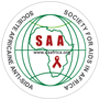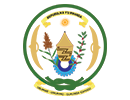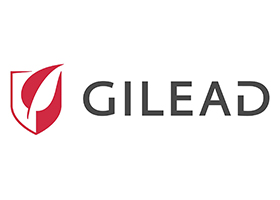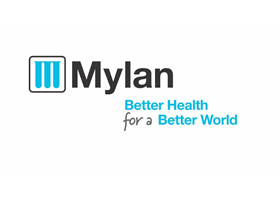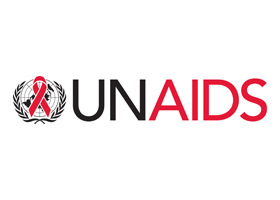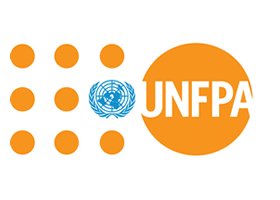Room: AD10
Reporter: Uwimana Lorraine and Irakoze Shyaka Christelle
Ade Fakoya, Global Fund presented on investing for scale and impact. The five key investment principles he highlighted were allocative efficiency, implementation quality and efficiency, resilient sustainable system for health, equity and removing human right barriers and sustainability.
Summary of insights into condom programming: The “condom gap” is primarily a demand gap. Condom programming has not fully adapted to the emergence of other HIV prevention options. There is concern about decreasing social marketing programs but little consensus on how they should evolve to best contribute in evolving markets. Free condoms distributed in the public sector will continue to be an important source but challenges remain in forecasting, distribution targeting, and monitoring. The commercial sector is positioned to make a larger, if modest, contribution to condom markets, but barriers to expansion remain. Consistently weak market stewardship functions in priority countries continue to impede progress.
Common weaknesses in national condom strategies: Results frameworks are sometimes missing or include unrealistic targets (e.g. seeking to achieve 90% condom use in all priority groups in a short timeframe). It also include too many “priorities” without identifying and focusing resources on a few key constraints to condom use in the highest priority groups. Too little focus on demand creation. Over-estimating condom needs based on unrealistic targets for growth in demand. Too little attention on (and resources for) program stewardship – particularly a) ensuring that coordination mechanisms add value to a broad range of stakeholders and b) establishing a program analytics agenda that includes regular data collection and purposeful dissemination to market actors.


